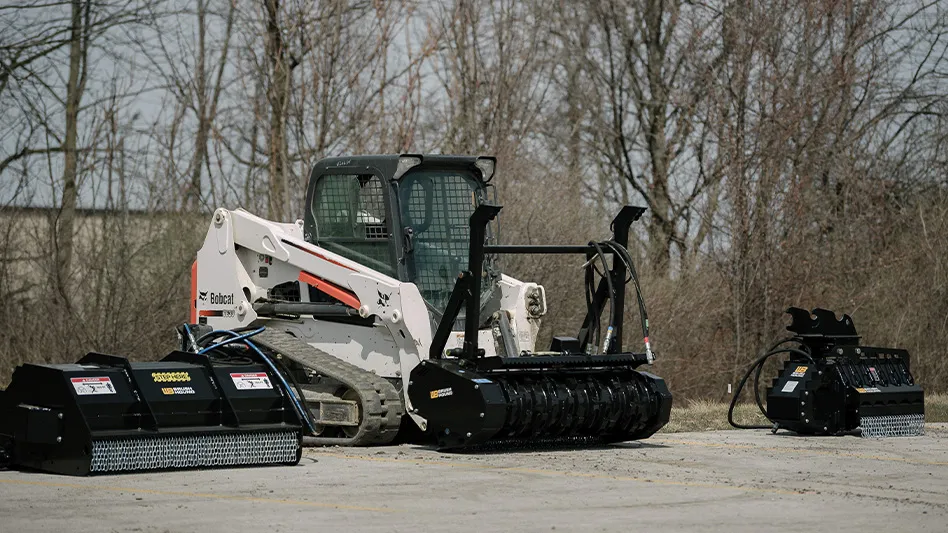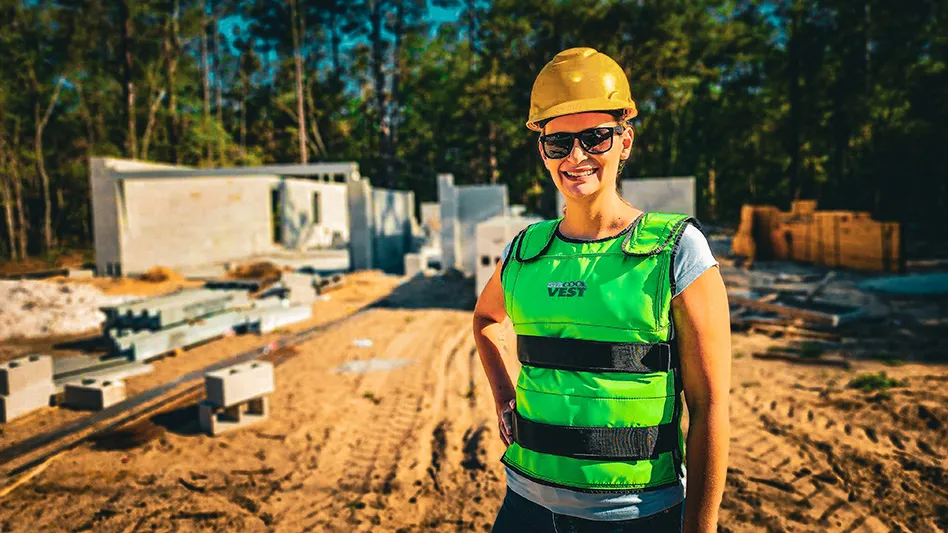
Driving through the busy Bellerive Country Club grounds Monday, Carlos Arraya points to the bleachers encircling the 16th green.
“You don’t think about the bleacher impact around the greens,” he says. “This one is completely blocked from air movement. That par 3 now is experiencing an environmental change. That environmental change could have an impact if it’s too hot. Hopefully, in the next three, four hours, the heat intensity drops and you see a positive change with a decrease in temperatures.”
The RealFeel temperature, according to AccuWeather, stood at 100 degrees when Arraya drove past the hole, one degree for every PGA Championship.
Arraya, the club’s director of agronomy & grounds, and his team are preparing Bellerive for the 100th version of the championship. The event will experience a major transformation when it moves to May in 2019. The change comes a year too late for the Bellerive, a Robert Trent Jones-designed course in St. Louis. The air has been especially stagnant in the region. A historically steamy May and June followed a historically chilly April.
Exhaustive work, careful moisture management, Midwest grit protected and turfgrass innovations protected Bellerive’s bentgrass greens as the tournament approached. Anybody with an agronomy background noticed an abundance of turf fans flanking greens Monday, another symbol of a manmade creation altering the environment. The number of fans approached 40 and many stayed in position through the winter, a proactive measure to ensure air movement. The decision helped Bellerive’s greens handle rapid temperature increases in May. “People are going to see them and they are going to say something about it: ‘They got the fans up. Wow. It’s really hot,’” Arraya says.
Spectators walking the course Monday saw fans being removed from the course by senior assistant superintendent Jared Brewster and other members of the Bellerive team. By Thursday, Bellerive should be void of turf fans, meaning television viewers will miss a small symbol of what the crew has endured.
Months of uncomfortable weather tests any turf team, especially one preparing for the major championship spotlight. Bellerive hasn’t hosted a men’s major since the 1992 PGA Championship. Twenty-six years later, St. Louis still boasts a reputation as a heat-absorbing metropolis along the Mississippi River.
The University of Missouri’s Dr. Lee Miller recently distributed an article, “This season unprecedently sucks,” to turf managers, urging them to adopt to a “survive and advance” mentality with their management practices. Every course in the region, including Bellerive, has experienced myriad trying moments.
Arraya and his team endured a significant mishap in mid-May: the irrigation system’s mainline broke. Nobody could find the proper documentation needed to fix the problem, forcing Bellerive to rent water tanks and use ingenuity to get through the day. “It was a pretty scary moment,” Arraya says.
Reflecting on the past three months – and staring at major championship infrastructure such as bleachers around a green – gives Arraya a deep appreciation for what his team has achieved.
“I think people dig deeper than you ever give them credit for,” he says. “I think people have a yearning to do great. When you are faced with adversity and you don’t even have a choice and have to commit going down a path, it creates a level of focus and it creates greatness. I think that’s true for the staff, that’s the true for the club, that’s true for me and everyone else involved in this event coinciding with an unfortunate weather stretch.”
CLICK HERE to listen to a podcast with the University of Missouri’s Dr. Lee Miller describing the conditions in St. Louis this summer.
Guy Cipriano is GCI’s senior editor.
“You don’t think about the bleacher impact around the greens,” he says. “This one is completely blocked from air movement. That par 3 now is experiencing an environmental change. That environmental change could have an impact if it’s too hot. Hopefully, in the next three, four hours, the heat intensity drops and you see a positive change with a decrease in temperatures.”
The RealFeel temperature, according to AccuWeather, stood at 100 degrees when Arraya drove past the hole, one degree for every PGA Championship.
Arraya, the club’s director of agronomy & grounds, and his team are preparing Bellerive for the 100th version of the championship. The event will experience a major transformation when it moves to May in 2019. The change comes a year too late for the Bellerive, a Robert Trent Jones-designed course in St. Louis. The air has been especially stagnant in the region. A historically steamy May and June followed a historically chilly April.
Exhaustive work, careful moisture management, Midwest grit protected and turfgrass innovations protected Bellerive’s bentgrass greens as the tournament approached. Anybody with an agronomy background noticed an abundance of turf fans flanking greens Monday, another symbol of a manmade creation altering the environment. The number of fans approached 40 and many stayed in position through the winter, a proactive measure to ensure air movement. The decision helped Bellerive’s greens handle rapid temperature increases in May. “People are going to see them and they are going to say something about it: ‘They got the fans up. Wow. It’s really hot,’” Arraya says.
Spectators walking the course Monday saw fans being removed from the course by senior assistant superintendent Jared Brewster and other members of the Bellerive team. By Thursday, Bellerive should be void of turf fans, meaning television viewers will miss a small symbol of what the crew has endured.
Months of uncomfortable weather tests any turf team, especially one preparing for the major championship spotlight. Bellerive hasn’t hosted a men’s major since the 1992 PGA Championship. Twenty-six years later, St. Louis still boasts a reputation as a heat-absorbing metropolis along the Mississippi River.
The University of Missouri’s Dr. Lee Miller recently distributed an article, “This season unprecedently sucks,” to turf managers, urging them to adopt to a “survive and advance” mentality with their management practices. Every course in the region, including Bellerive, has experienced myriad trying moments.
Arraya and his team endured a significant mishap in mid-May: the irrigation system’s mainline broke. Nobody could find the proper documentation needed to fix the problem, forcing Bellerive to rent water tanks and use ingenuity to get through the day. “It was a pretty scary moment,” Arraya says.
Reflecting on the past three months – and staring at major championship infrastructure such as bleachers around a green – gives Arraya a deep appreciation for what his team has achieved.
“I think people dig deeper than you ever give them credit for,” he says. “I think people have a yearning to do great. When you are faced with adversity and you don’t even have a choice and have to commit going down a path, it creates a level of focus and it creates greatness. I think that’s true for the staff, that’s the true for the club, that’s true for me and everyone else involved in this event coinciding with an unfortunate weather stretch.”
CLICK HERE to listen to a podcast with the University of Missouri’s Dr. Lee Miller describing the conditions in St. Louis this summer.
Guy Cipriano is GCI’s senior editor.
Latest from Golf Course Industry
- SiteOne adds Durentis to product offerings
- Resilia available for purchase in Hawaii
- What can $1 million do for expanding the industry workforce?
- Captivating short course debuts on Captiva Island
- Wonderful Women of Golf 35: Carol Turner
- The Andersons acquires Reed & Perrine Sales
- Excel Leadership Program awards six new graduates
- John Deere launches new digital platform





